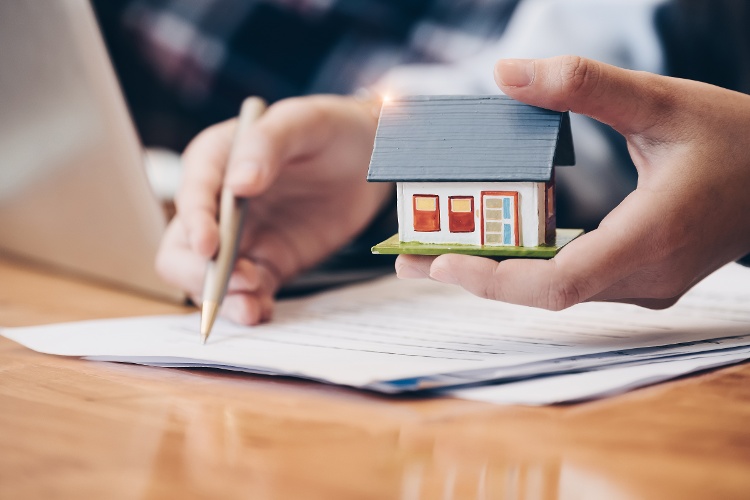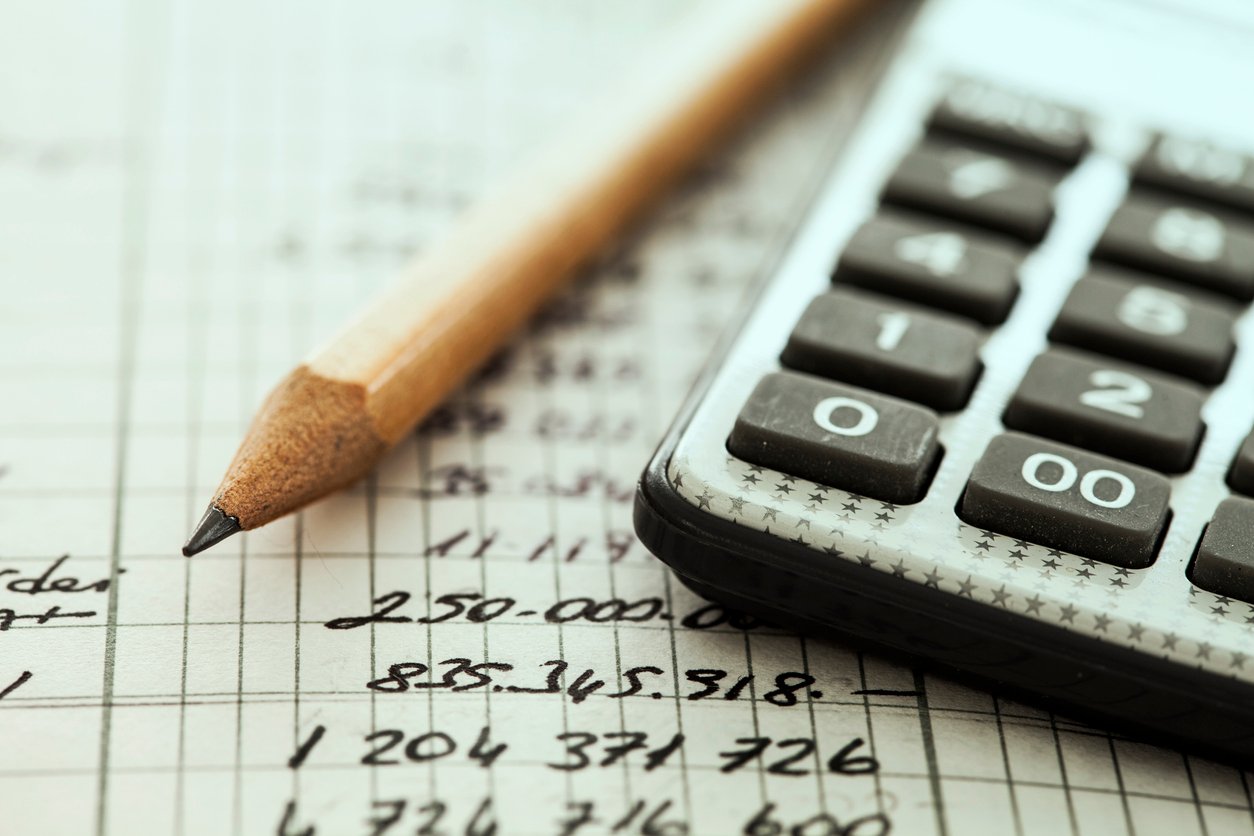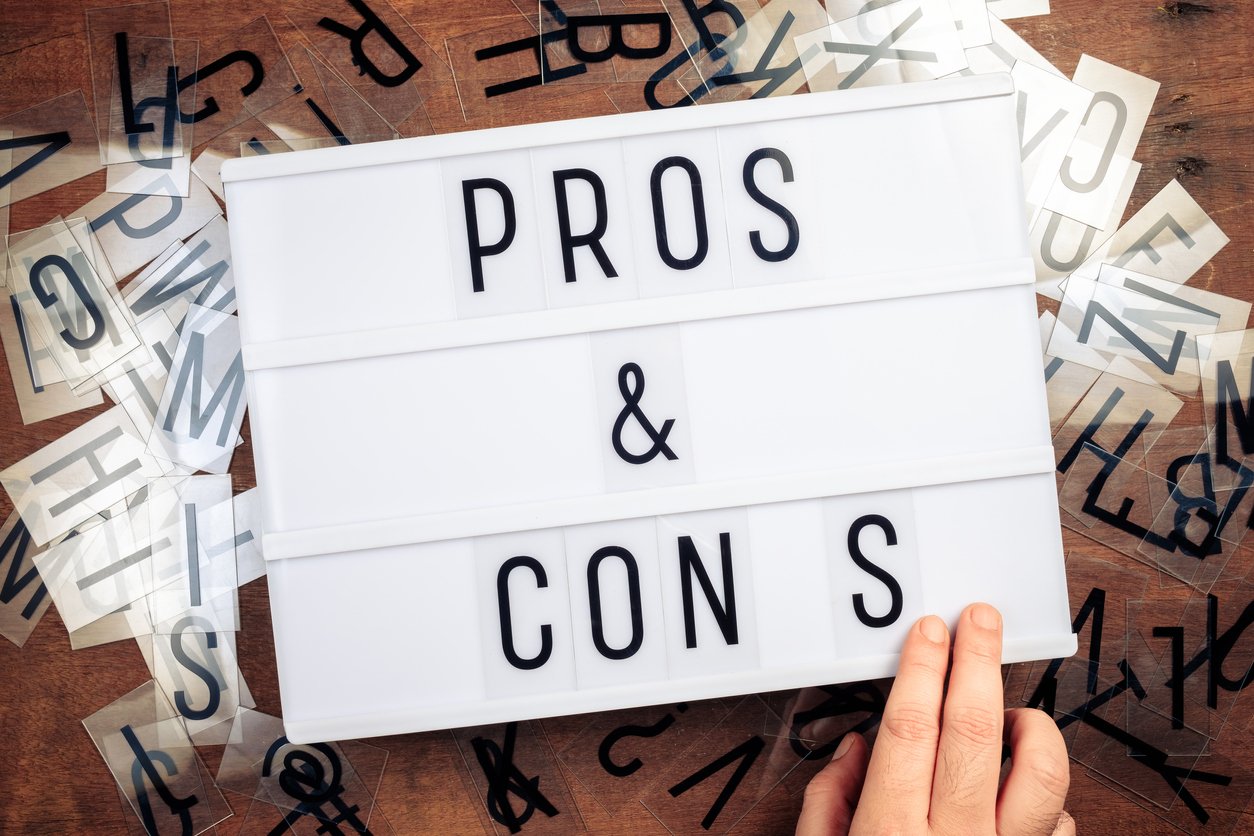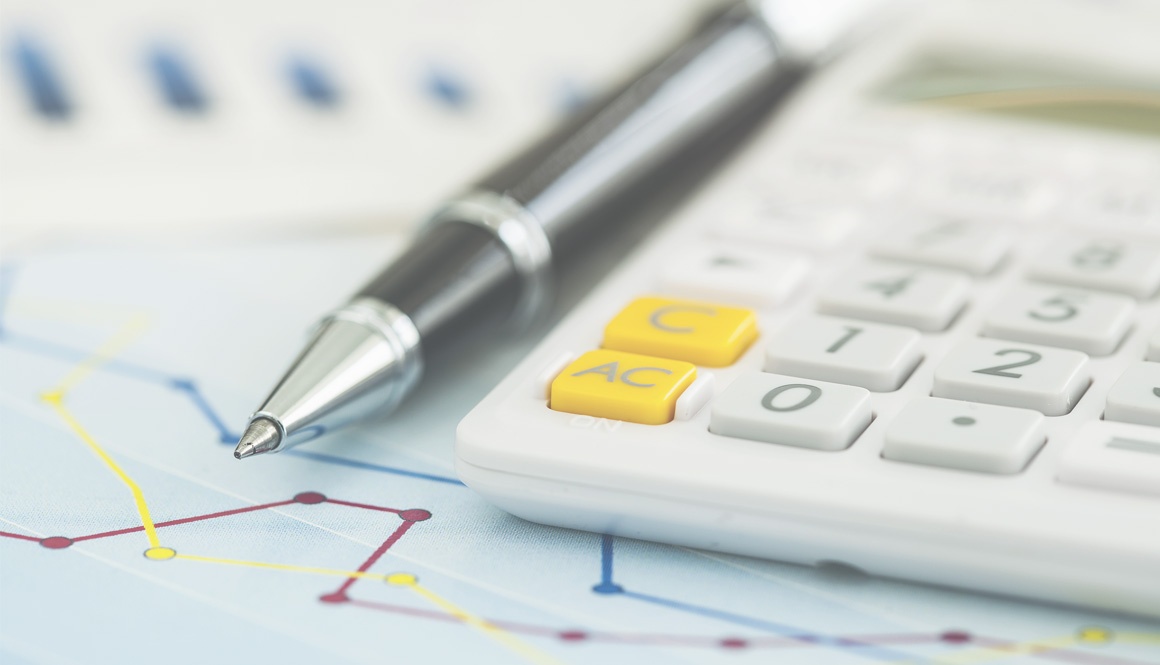Many people are curious about using a HELOC to purchase real estate. For many real estate investors, this may all sound like a pipedream; what we need is a roadmap to show us how to actually DO this.
Today, I intend to give you that roadmap and so much more.
In this post, we’ll be covering:
- Understanding what a HELOC is
- HELOC vs. HEL
- How a HELOC works
- How to purchase an investment property with a HELOC
- Running your numbers
- Pros and cons of a HELOC
What is a HELOC?
A HELOC (Home Equity Line of Credit) is a line of credit that is established on a property, with the property itself securing the line as collateral.
This allows an owner to tap into the equity they have in a property via the line of credit, rather than with a traditional refinance or second mortgage.
The amount of credit that an owner may qualify for is based on the amount of equity in a property.
For example, if an owner has $100,000 of equity in a property, and a lender will give 80% loan to value (LTV), then the owner may establish a HELOC with an $80,000 limit.

How a HELOC Works
In the above example, the owner of that property may borrow up to $80,000 whenever they choose, for purchasing whatever they choose.
The repayment of the HELOC is typically an interest-only payment for a set amount of time (usually between 5-10 years) and then any unpaid portion converts into a traditional mortgage on the property at whatever prevailing interest rates are.
The interest rate will be a function of the lender, but is often the Wall Street Prime rate plus a spread.
I’ve never seen a HELOC with an early prepayment penalty. Thus you can take out cash, use it for whatever you need it for, then pay it back in a lump sum whenever you’d like. Any outstanding balance is obviously not available to borrow, but any untouched portion is available at any time.
For example, say you have an $80,000 line as described above. You borrow $20,000 for a kitchen remodel. You will have a monthly, interest-only payment on the $20,000 that you’ve borrowed. The remaining $60,000 is still available to be used at any time.
Now let’s say you got your tax refund check for $5,000, so you put that towards paying down the HELOC. This puts your outstanding balance at $15,000. Your monthly payment is now paid on the $15,000, not the original $20,000, and your available limit to withdraw is now $65,000.
HELOC vs. HEL
Many investors have also heard of a HEL (Home Equity Loan), but what’s the difference between a HEL and a HELOC?
The big difference between a HELOC and a HEL is that the line of credit is like a credit card with your house as the collateral. The home equity loan is like a standard mortgage. With a HELOC, you can borrow on it as often as you’d like and (typically) pay interest only on the amount you have outstanding.
With a HEL you get the full amount right away and start to have to repay that amount in fixed amounts. The payment consists of both principal and interest. In essence, a HEL is a second mortgage on the property.
A HELOC’s interest rate can fluctuate with the market so you could be paying 5% one month and 6% the following. With a HEL, just like with a mortgage, the interest rate is fixed for the life of the loan.
As you see, there are a few differences between the two products, and understanding them is critical to making the decision of which one to utilize for your particular situation and goals.

How to Purchase a Rental Property with a HELOC
Purchasing rental property with a HELOC is very simple and can be a very powerful tool when used properly. First, you need to establish a HELOC on a property where you have already built up significant equity.
The word “significant” here will vary from person to person. All you need is enough equity in a property that tapping into 75-80% of that equity will give you enough cash for what you’re looking to accomplish. This can be a property that you’ve had for a long time, or simply one in an appreciating market.
Once you’ve filled out your application for a HELOC with your lender, they will order an appraisal of the property and determine how big the line of credit will be. Prior to allowing the lender to order the appraisal, ask the lender what the total cost of opening the line will be, as costs can vary from lender to lender and may influence your decision about where to apply for the line.
Once your line is approved and you know exactly how much credit you have available, you’ll need to find a property that you’d like to purchase. This can be done one of two ways:
- You can use the HELOC to purchase the property in all cash.
- You can use the HELOC as a down payment on the property.
If the new property will be purchased with a mortgage, here are a few things to note:
- Each lender will have their own financing requirements, so you’ll want to be upfront with the fact that your down payment is coming from a HELOC.
- You may want to ask the lender who gave you the HELOC to finance the new property purchase, if possible.
- Some investors have said that the down payment monies need to be seasoned for three months; others say this is not a requirement. Check with your lender to see if they have any seasoning periods with regard to your down payment.
Assuming there is no seasoning period and the lender is fine with you using your HELOC as the down payment, when it comes time to close you’ll simply send a wire transfer or bring a physical check (depending on what your local closing customs dictate) to the closing table or escrow company for the amount for which you’re responsible. The lender will then wire their funds to escrow, and the closing can happen smoothly.
Voila! You’ve just closed a property using a HELOC.
Another example:
Imagine, if you could establish an $80,000 HELOC and you found a property that you wanted to purchase listed at $65,000. You could literally offer to close that property in less than a week since it usually takes 1-2 business days to get the HELOC funds into your account.
Once you closed the property, you could turn around and go get a traditional mortgage on the property. Depending on the appraised value of said property, you may be able to get most or all of your funds back, pay off the HELOC, and BAM! You could be into a property for almost no money down.

Running Your Numbers To Make a Good Decision
If you’re going to use a HELOC to purchase a property you obviously are going to run your numbers a bit differently than if you were putting down a 20% cash down payment.
When you run your numbers you’ll need to consider the following two components:
- The mortgage principal and interest payments (as per usual) for the lender’s portion of the loan,
- The monthly interest-only payment on the outstanding HELOC balance. Obviously you can also pay down the principal whenever you’d like, which is often advantageous as your monthly interest payment will also decrease since your outstanding balance is decreasing.
Now, many people will be thinking, “There’s no way I can use a HELOC and still cash flow! I’ll have two monthly payments to make to the bank,” and you may or may not be right. You have to run the numbers.
Much also depends on what your intentions are with the property. If you purchase it as a traditional buy and hold, you may be right in that your cash flow will be hampered by the HELOC payment.
As long as your cash flow numbers work, there is no issue buying long term buy and holds with a HELOC; just be aware that as soon as the interest-only period is up, there will be a balloon payment and the interest rate can adjust. It can often help to aggressively pay back the HELOC during the interest-only period.
If you were using the HELOC to buy a BRRRR property, after you’d finished your rehab, you could likely get all of your money back out, pay back the HELOC, and go do it all over again on another property.
The power of HELOCs is pretty cosmic as you start to think about things on a big-picture scale.
Of course, HELOCs are also nice to have for access to quick cash for those four broken water heaters that all failed at once.

Pros of Using a HELOC
A HELOC acts as a revolving line of credit; it’s there when and if you need it.
The beauty of it is that it can be used for whatever you need it for. You can use it to finance property repairs, property purchases, that brand new boat you saw at the tradeshow (I wouldn’t recommend), or anything else your heart desires.
You have to remember, though, this is like an adult credit card where the thing backing it as collateral is the property that the HELOC is attached to. Missing payments on your HELOC is a lot more serious than missing payments on your credit card.
Another pro is that the interest may be tax deductible depending on use. Make sure to consult with your tax professional about this.
Cons of Using a HELOC
The biggest downside of using a HELOC is that interest rates may be adjustable on a monthly basis.
A HELOC, from a lending perspective, is viewed as a 2nd position mortgage which will increase your property LTV. This may make you a less attractive candidate to qualify for financing.
It’s very important to note that a second position mortgage can be foreclosed on even if the first mortgage is current. Thus, missing HELOC payments could lead to foreclosure even if you’ve made all of your mortgage payments.
Depending on the cost of establishing the HELOC, it may not be ideal for minor repairs only. The costs of obtaining a HELOC may exceed the benefits of repairs/updating. That’s why getting the full cost picture from the lender is so critical. However, if the HELOC is already established, it can be great for minor repairs.
Final Thoughts
If you have a property with significant equity (let’s say your primary residence), getting a HELOC established may be a great idea. They are usually quite inexpensive to set up, and once they’re up, you don’t pay a dime until you deploy some of the cash.
From my experience, a HELOC is one of those things that is better to have and not need, than to need and not have. Having the flexibility to get access to quick cash, literally overnight, without having to go through the approval process of a loan is invaluable to me.









